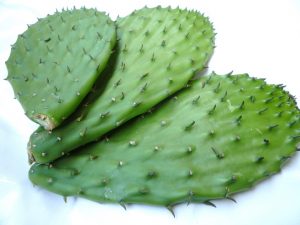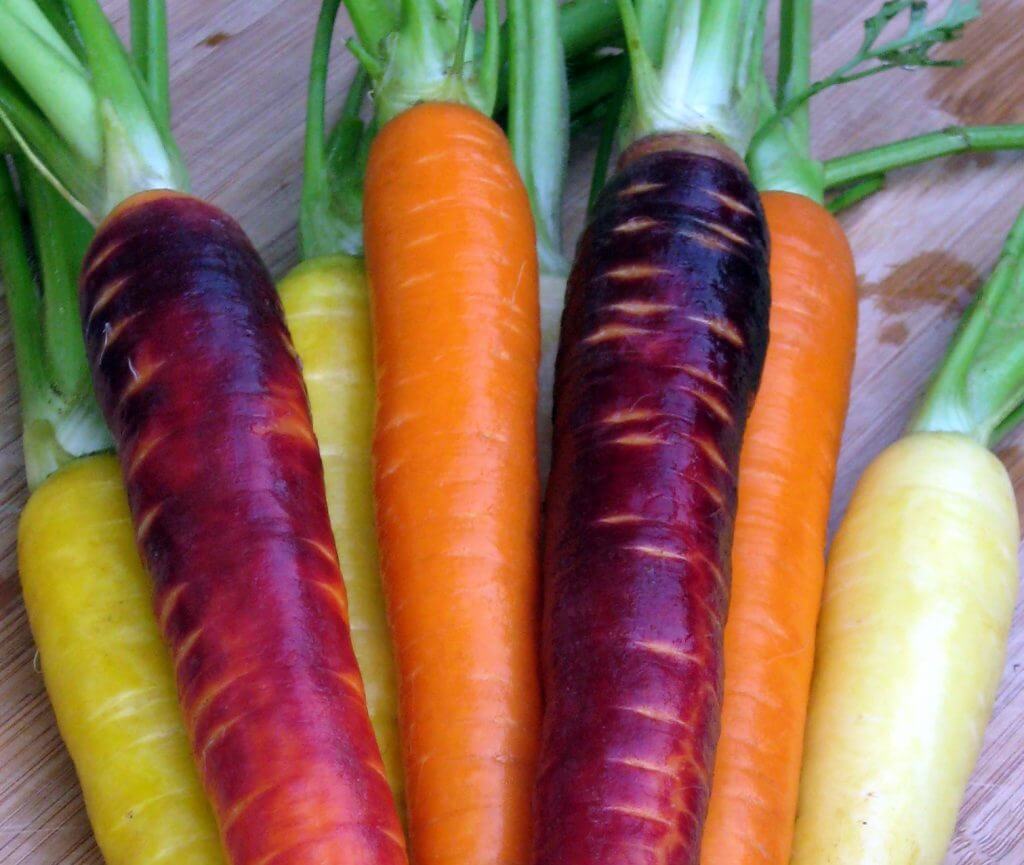
Purchase:
The carrot, it’s a root vegetable.
Freshness:
It will look in its intense orange color, as the pale orange color usually shows an insipid taste.
- There are also purple, pink and white.
- Firm texture (not soft because it is old), without brown spots or wrinkles.
- They are on the market, fresh, frozen, canned, canned and packaged.
The oranges are of various kinds: Chantenay, Danvers, flakes, Imperator, Nantes, round.
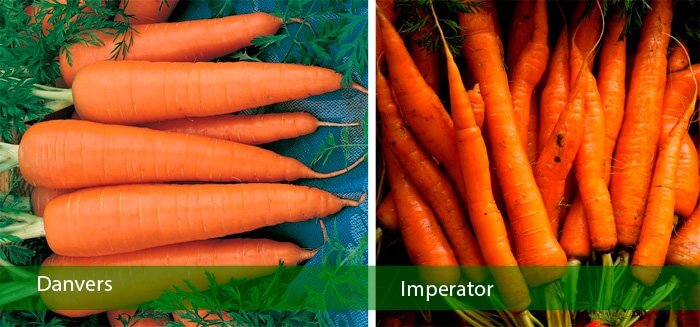
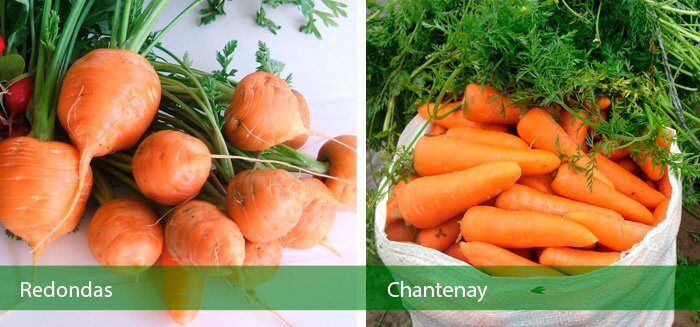
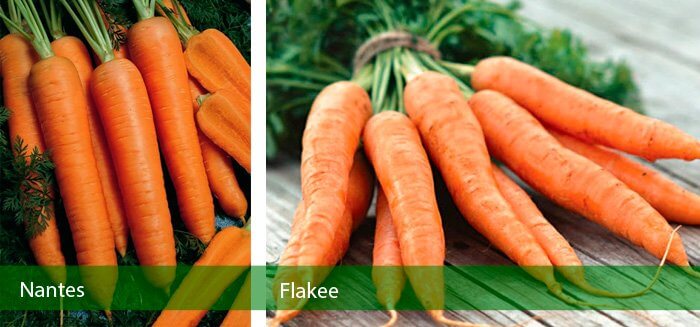
When you go to buy the product in the supermarket, we recommend:
- Observe that the display site is clean and adequately refrigerated.
- Choose the products, preferably in this order: vegetables, fruits, eggs, cheeses and dairy in general, after the products of pantry, but before the meats, poultry, fish and shellfish.
- When you reach your destination refrigerate, so that the “cold chain” of the same is not interrupted.
Uses:
Raw in salads and juices. Cooked in salads, stews, soups, creams, sauces, cakes, biscuits, cup cake and many other preparations.
Storage:
- The carrot can be stored whole, refrigerated in perforated plastic bag or loose in the “vegetable drawer” in the refrigerator.
- It can also be cut according to the uses to be given and separated into plastic bags depending on the cuts and stored in the freezer.
- Its refrigerated duration, 10 – 12 days or more, following suggestions and depending on its freshness at the time of purchase. Frozen, 2 months or more.
Conservation:
Duration:
10-12 days. 2 months depending on the case.
Nutrients and properties:
Rich in beta-carotene. (See nutrients and benefits in vegetables). Note: Your cooking must be steamed on a metal grille or bamboo kettle to better preserve your nutrients, flavor and color.
- Check often to remove any that is in bad condition and can damage the others.



